The dry winds scour the sun-kissed lands of Iran until they reach a walled enclosure. Within the wall is a garden, where fountains twinkle and shed sparkles of light in the shade of the fruit trees. Flowers blossom in luxuriant colours and shades, while the trees are heavy with fruit. People lounge in the shade, sipping drink and savouring the peaches that droop from the trees heavy in abundance. This is paradise. Paradise is a Persian word for a garden that encapsulates a dream, the reverie of the ideal existence, where humans rest and enjoy plenty under the benevolent eye of God. The word has travelled through Judaism and Christianity, having settled in Islam to give that religion its distinct vision of heaven, the garden where the blessed enjoy the presence and the blessings of God.
This is not the only Iranian term to enter our mythology, for Eden is Iranian, though the area, now known as Edin, is near the border of Iran and Iraq. The Hebrews who produced the Bible cherished a folk memory of a time when their ancestors dwelt in a fertile valley in Eden, which they described as a garden, whence they were driven out by unknown pressures. This fertile valley, which has become synonymous with an idyllic state of existence, has entered Western mythology as both a myth of origin and the ideal state of life, a place where humans dwell in peace and plenty and enjoy harmony and friendship with God. We note, though, that while the Earth was abundant in fruit, the vision of Eden is that it was somehow something more, a special place where human life came to fulfillment. While the wild was good, the garden was better and represented the divine ideal for the world.
While we are accustomed to having great temples and churches as sacred sites, we sometimes forget that there is a rich variety of sacred sites to be found across all religions, ranging from stone edifices to groves and gardens.
Why should we think a garden is sacred? I suggest that the answer lies in liminality. Ancient religions thought that liminal places, those on the threshold of different spheres of life, were where the sacred was encountered. Water's edge, mountain tops, caves, springs and wells, headlands, all were edge places where the sacred is met. Gardens have a liminal character, for they are places where nature and culture meet, nature is present, but in cultivated form. For the Hebrews the wilderness was the place where they encountered the majestic theophany of Sinai, but they passed through the wilderness to the promised land and never wanted to return to it. They were a fundamentally civilized people who found the sacred in cultural products, such as cities and gardens.
For some reason lying deep in the human psyche humans have desired to replicate their sense of the sacred in the way that they garden, and according to their different ways of conceiving the sacred they design their gardens. It is a taste of this rich variety of conceptions of the sacred that I want to give in this article.


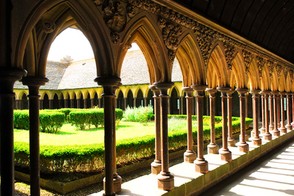
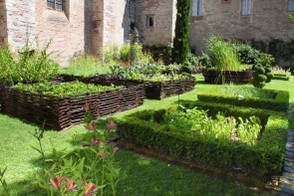

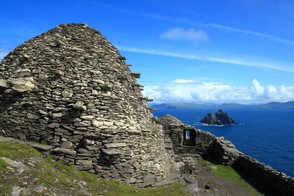
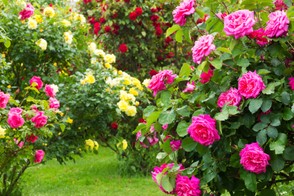
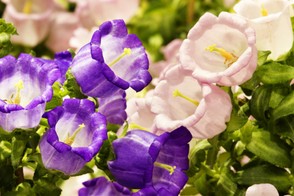




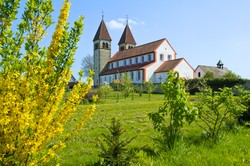

 Women of the Gospelson 10/11/2025
Women of the Gospelson 10/11/2025
 Religious Gardenson 08/25/2025
Religious Gardenson 08/25/2025
 Doctor of the Church: John Henry Newmanon 08/03/2025
Doctor of the Church: John Henry Newmanon 08/03/2025
 Restoring the Palm Houseon 07/16/2025
Restoring the Palm Houseon 07/16/2025


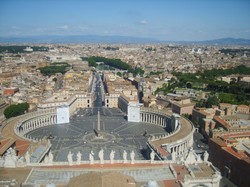
Comments
No. Eden is a mythical past. Non return to a mythic time is possible.
Thank you!
The Garden of Eden appears only to have been associated with Adam and Eve in the Old Testament, correct?
But is there any tradition of any descendants or any non-descendants caring for, or going back to, the Garden of Eden?
All theories are tentative and nothing conclusive has been said. We really can only guess.
Thank you!
Online sources appear to applaud the desiccated, droughty Huwaizah Marshes, UNESCO World Heritage Site since 2016, near the Iranian border intersection with southern Iraq.
Could that be -- per your comment below in answer to my previous question -- the "now desiccated valley which local people claim to be the site of Eden"?
British Egyptologist David Rohl contrastingly describes as likeliest Garden of Eden location, the lush Adji Chay valley, previously called Meidan ("enclosed court, walled garden”), of Armenia, northwestern Iran 10 miles from Tabriz, and Turkey.
Yes. There is a now dessicated valley which local people claim to be the site of Eden, but I cannot recall its name.
Your introduction describes the Garden of Eden as in modern Iran.
Is there any tradition about where in modern Iran?
I do not know Dubhan. But Mary is a powerful figure and image in Chrsitian religion. She took the place of the ancient goddess, and is much loved.
Yes. the Celtic Christians had gardens, but hey are not recorded, so little can be said.
Please do not expect much from me in the next day, as I am having computer problems and am not on my own computer. I think that I am going to have to replace my machine, as I suspect that it is dead. Watch this space.
frankbeswick, May you write more articles on sacred gardens, such as in the possibilities you suggest regarding Buddhism and Islam.
Iran would be particularly inviting since Iranian-descended emigrants and Tokharian language speakers are responsible for the oases linked with the mummies of Ürümqi.
They say in the Basque Country that one of the reasons why Catholicism is so strong there is the role of Mary.
Were gardens ever found in conjunction with the Celtic Christian community established by the Welsh monk Dubhán at the subsequent Hook Head lighthouse of Ireland?
To live well we must love God, other humans and the World, with the creatures in it. Neglect of any one of these three makes life defective. A gardener is one who loves the world and nurtures a small area of it. I regret that I could only give a taste of the range of sacred gardens, but there could be more articles here.
Yes, gardens are wonderful! I love many different kinds as they each satisfy different emotional needs. Communing with God in nature is the best!